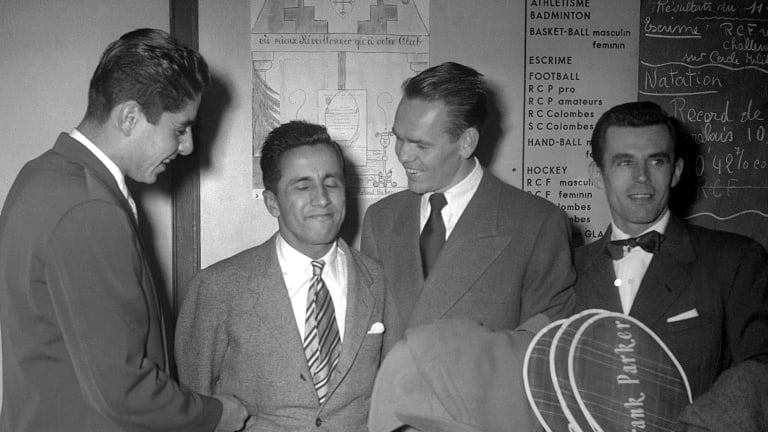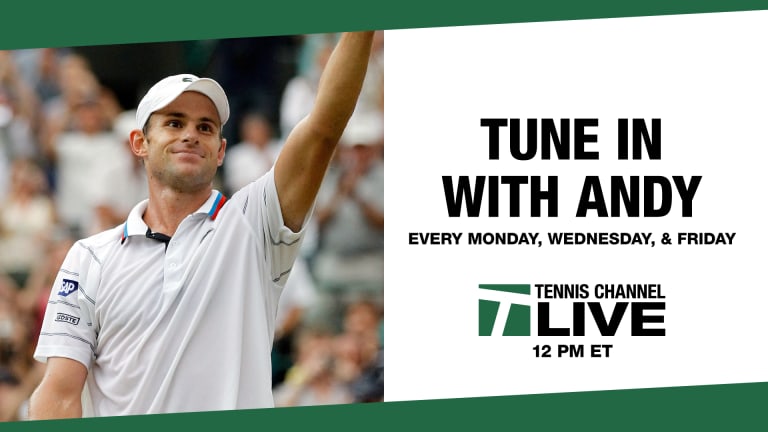History Lesson: Barnstormers laid the groundwork for today’s pro game
By Mar 30, 2020ATP Barcelona, Spain
Play suspended in Barcelona when the wrong racquet gets taken for stringing
By Apr 17, 2025Pop Culture
Serena Williams named to Time's 100 most influential people ... and Coco Gauff approves!
By Apr 17, 2025WTA Stuttgart, Germany
Jelena Ostapenko tops Emma Navarro for Iga Swiatek Stuttgart clash; Coco Gauff, Jessica Pegula roll
By Apr 17, 2025ATP Munich, Germany
Who is Diego Dedura-Palomero? Meet Germany’s latest teenage star
By Apr 17, 2025Roland Garros
Rafael Nadal to be honored with 'exceptional' tribute on opening day of Roland Garros
By Apr 17, 2025Lifestyle
Mirra Andreeva belts 'Happy Birthday' song to coach Conchita Martinez in Stuttgart
By Apr 16, 2025ATP Munich, Germany
Ben Shelton uses altitude to his advantage, joins Alexander Zverev in Munich quarterfinals
By Apr 16, 2025WTA Stuttgart, Germany
Iga Swiatek in Stuttgart: From clay court to carpool karaoke!
By Apr 16, 2025Lifestyle
Thorne taps Ben Shelton to launch new on-the-go performance line
By Apr 16, 2025History Lesson: Barnstormers laid the groundwork for today’s pro game
When it comes to assessing and even understanding these great players, tennis history is complicated, and potentially cruel.
Published Mar 30, 2020
Advertising

History Lesson: Barnstormers laid the groundwork for today’s pro game
© AFP via Getty Images
Advertising
History Lesson: Barnstormers laid the groundwork for today’s pro game
Advertising

History Lesson: Barnstormers laid the groundwork for today’s pro game